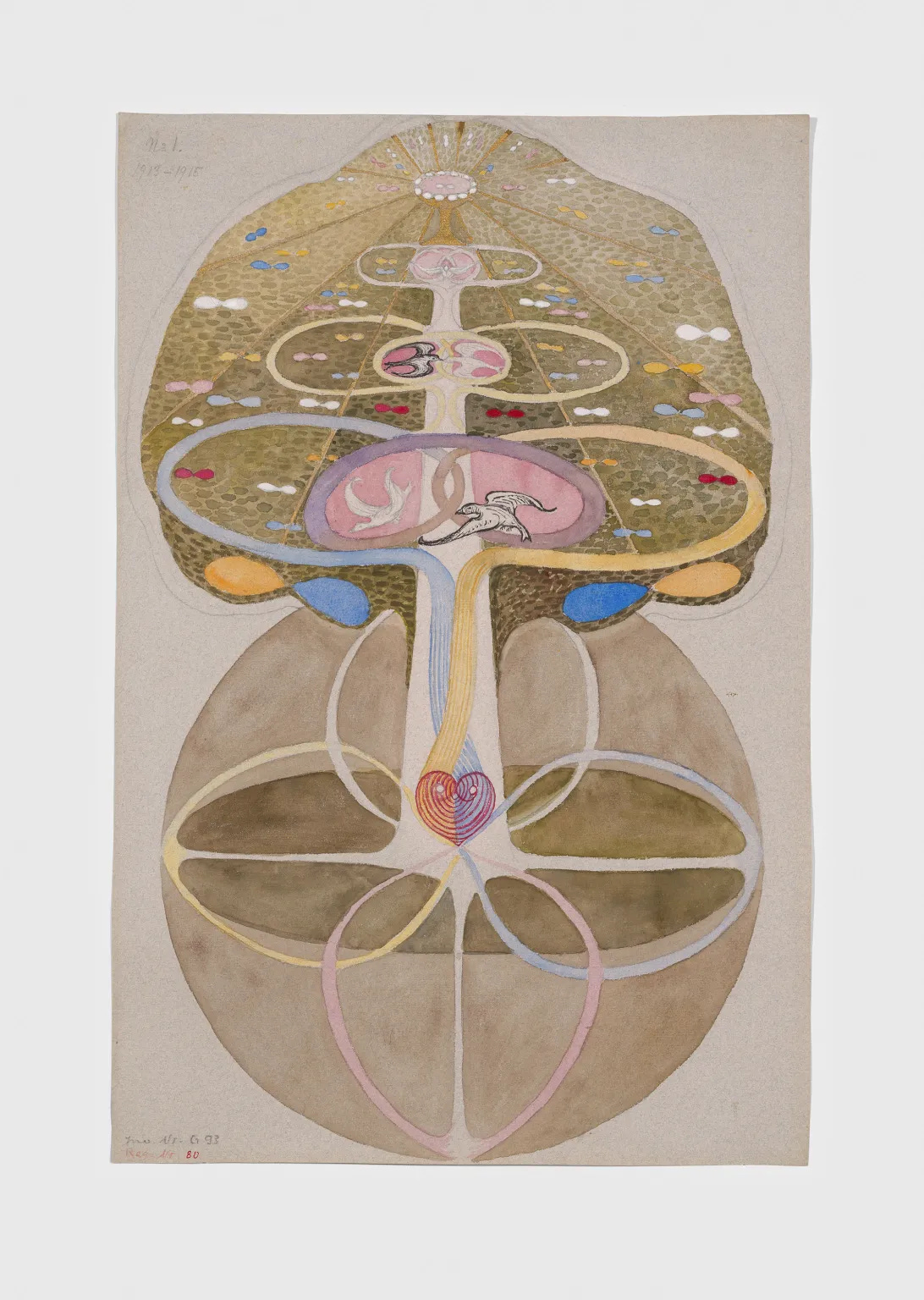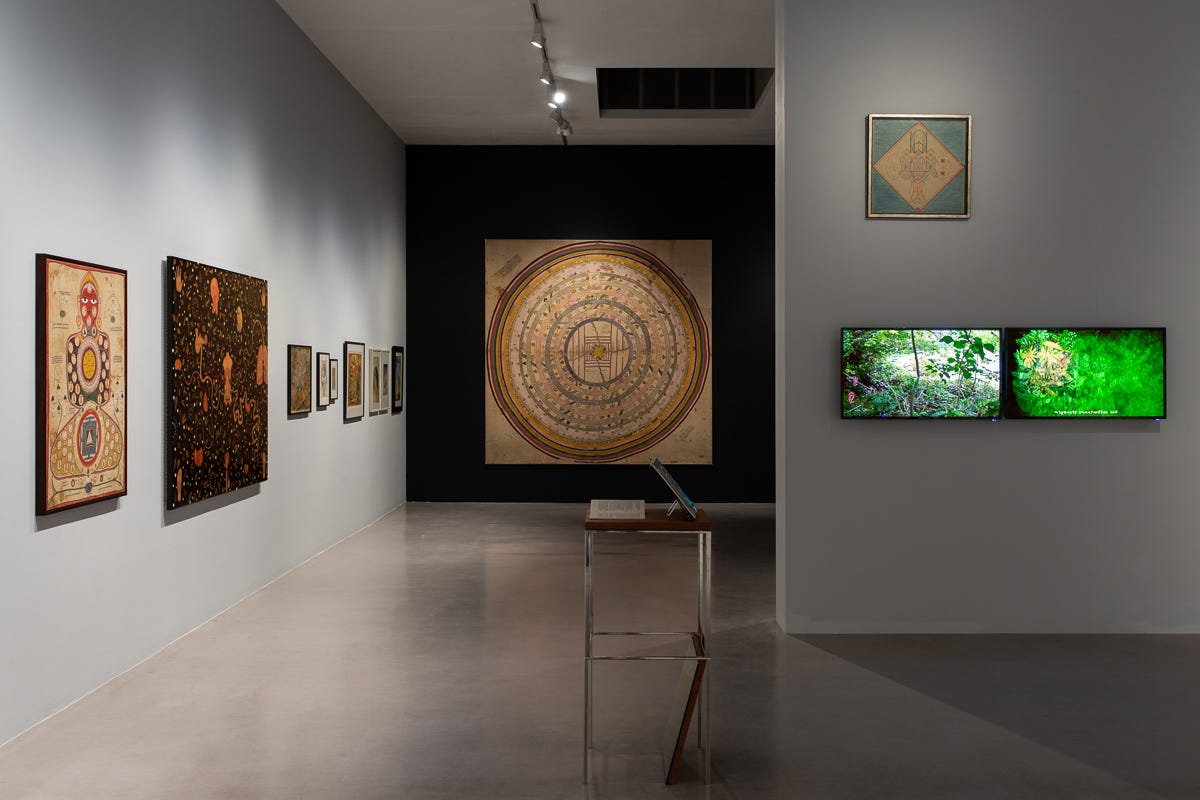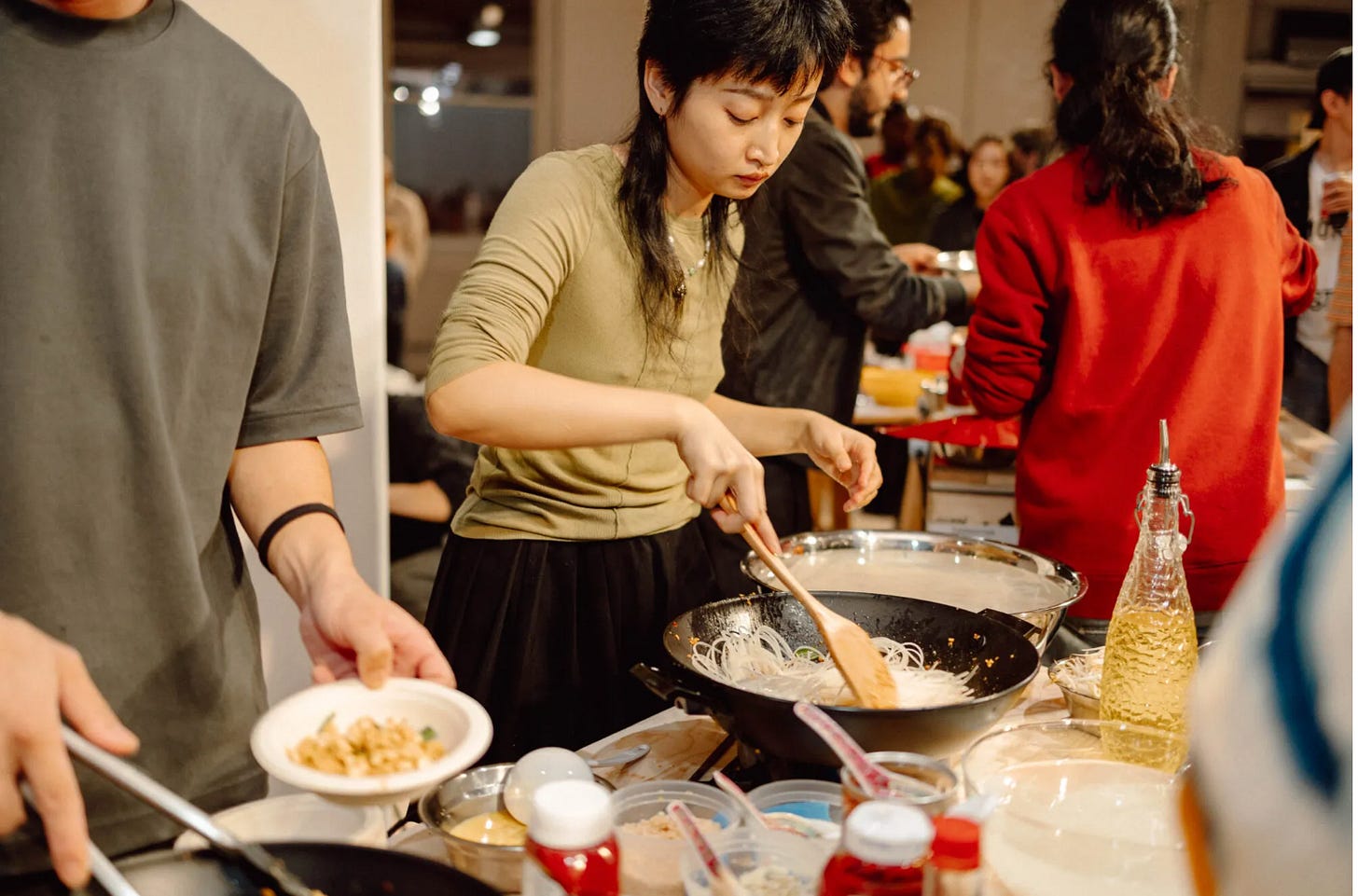Food Rituals and Art of Magic
How food, magic and art are all interconnected and why food rituals are important in our daily lives
The intersection between magic, food (particularly plants and herbs), and art lies in each element's symbolic, ceremonial, and transformative potential. Magic often involves rituals and using plants and herbs for their perceived spiritual and healing properties. When I say magic, I don't necessarily mean the 'supernatural'. For example, the idea didn't exist in the ancient world—not because magic was absent, but because everything was inherently magical. Naturally, some magical acts required intricate rituals or formulas, and success was never assured—similar to the uncertainty of baking bread. Casting a spell and baking a loaf shared the same fundamental principles. In Ancient Egypt, Egyptians made food offerings to deities and the dead, believing in the importance of providing sustenance for the gods and the afterlife. The "Feast of the Valley" was a significant festival involving food rituals to honour the dead. The Greeks held feasts and sacrifices to honour their gods, often involving slaughtering animals and offering fruits, grains, and wine. Sharing food with the gods through sacrifices was central to their religious practice. But what connects art, food, and magic? What are the links and similarities?
Our belief in magic and mysticism is a shimmering thread woven through the tapestry of human history. Within this tapestry, practitioners of the arcane and hands-on visual artists have been irresistibly drawn to these enigmatic realms, creating artworks that transcend time and place. Both artist and magician—often embodied in the same individual—employ the medium of creativity to illuminate mystical beliefs and philosophies, unveiling the mysteries that lie beyond our immediate perception. When we view magic as manipulating unseen forces to shape the visible world, the connection between art and magic becomes clear: it is the revelation of nature's hidden rules and the secrets of our universe. Writer, occultist and ceremonial magician Alan Moore declares that "art is like magic, the science of manipulating symbols, worlds or images, to achieve changes in consciousness."
Art, like magic, can be seen as a ritualistic practice that transforms materials into something meaningful and transcendent. Both art and magic often begin with a specific intention or purpose, whether it's to convey a message, evoke an emotion, or explore a concept. This intentional creation can lead to powerful narratives and experiences that bridge the physical and spiritual realms. Symbolism is a key language in both magic and art, used to convey deeper meanings. Plants and herbs often symbolise growth, healing, and nature's power in magical practices. These symbols can also be incorporated into artworks to convey similar themes. The plant, a universal symbol in almost every civilisation and religion, is our planet's most fundamental but misunderstood life form.
One of the exemplary exhibitions I saw right when the lockdown eased following the pandemic in Camden Arts Centre was The Botanical Mind, which also lives online today with many resources and information drawing on indigenous traditions from the Amazon rainforest. The exhibition and research platform investigating the significance of the plant kingdom to human life, consciousness and spirituality across cultures and through time include beautiful depictions of Hilma Af Klint's cosmic tree, Linder's cut-out pieces, and many more historical and archival imagery. Therefore, I won't regurgitate what is out there but instead examine contemporary artists and practitioners' food and rituals in their practices.
Rirkrit Trivanija
Known for his interactive installations that often involve cooking and sharing meals, for Tiravanija, everyday rituals like eating meals, cooking, and engaging in conversations are essential to understanding different cultures. To him, these activities are "Art." Tiravanija prepared and served Thai-style fried noodles to visitors in museums and galleries, and these performances, which softened the often serious demeanour of contemporary art viewers, quickly catapulted him to prominence in the art world. For over a decade, Tiravanija has continued to showcase the ordinary and the every day in exhibition venues, broadening the concept of contemporary art.
Martha Rosler
"Semiotics of the Kitchen" by Martha Rosler is a brilliantly incisive and humorous early feminist video that critiques cooking. Part of the Museum of Modern Art's collection, the video features Rosler performing as an apron-clad housewife, parodying the television cooking demonstrations popularized by Julia Child in the 1960s. Standing in a kitchen, surrounded by a refrigerator, table, and stove, she methodically moves through the alphabet from A to Z, assigning each letter to various kitchen tools. Wielding knives, a nutcracker, and a rolling pin, her exaggerated gestures and intense focus convey the rage and frustration of oppressive women’s roles. In her broader artistic practice, Rosler frequently uses food and kitchen imagery to explore themes of consumerism, domesticity, and gender politics. By framing cooking as a performance, she elevates the everyday ritual to the level of art, challenging the boundaries between high art and everyday life.
Janine Antoni
Janine Antoni explores the boundaries between object making and performance, using her body as a tool and as the origin of her meaning. She is renowned for transforming materials like chocolate, soap, limestone, cowhide, and clay through unconventional processes such as eating, bathing, grinding, mopping, and sleeping.
In her 1993 work "Lick & Lather," Antoni created moulds from her body, casting herself seven times in chocolate and in soap. She then reshaped these self-portraits by licking the chocolate and washing the soap, merging her physicality with the materials.
In her recent work, Antoni draws inspiration from dance and movement. Her piece "to twine" explores a profoundly deep connection through the gesture of entwinement, where two human spines are intertwined to an extreme degree. Regardless of the medium or imagery, each piece conveys a physicality that resonates directly with the viewer's body. Antoni carefully navigates her relationship with the world, evoking emotional states that are felt viscerally and intimately through the body.
Drawing on mythological and historical references, artists can bridge the past and present, creating profound rituals and experiences that engage audiences. This approach enriches the artistic discourse and highlights the deep connections between culture, spirituality, and the material world. I can go on and on, but I will leave it here for now and see. Maybe there can be a part two to this article.
If you enjoyed reading this piece, please share this with anyone who might find it interesting!









